Berwick-upon-Tweed has been shaped by centuries of conflict.
Perched on the northeast coast of England, four kilometres from the Scottish border, its history reads like a medieval game of ping-pong. It changed hands between England and Scotland a staggering 13 times before settling under English rule in 1482.
Today’s Berwick is quieter and has a thriving arts scene, but it is also a town that wears its battle scars proudly. From walking its Elizabethan ramparts to riverside views, explore the best things to do in Berwick-upon-Tweed in a day.
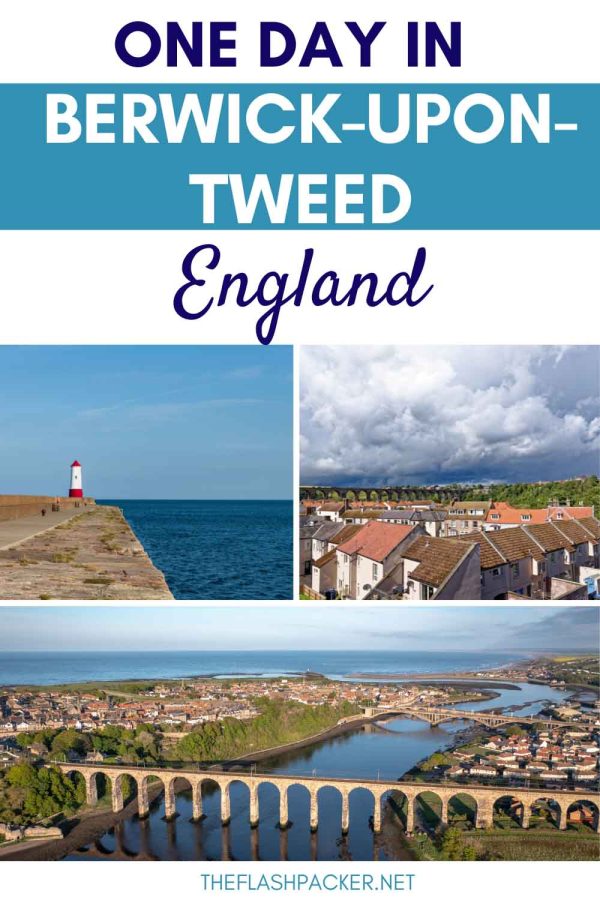
Why I Lost My Heart to Berwick-upon-Tweed
I spent three nights in Berwick-upon-Tweed as part of a trip to northeast England. This started in Newcastle and included a day trip to the Holy Island of Lindisfarne.
There’s a lot to like about Berwick. Its location at the point where the River Tweed shakes hands with the North Sea is hard to beat, and the town itself is an architectural treat. But what I loved most about Berwick-upon-Tweed was its blend of English and Scottish influences that create an atmosphere unlike anywhere else in the UK.
The town’s Lowry Trail, following in the footsteps of the famous artist who holidayed here for decades, led me to viewpoints and quiet corners that tell the story of this remarkable border town. Walking along the Elizabethan walls and watching the light fade over the river whilst seabirds wheeled overhead, I understood why this place has inspired artists and visitors for centuries.
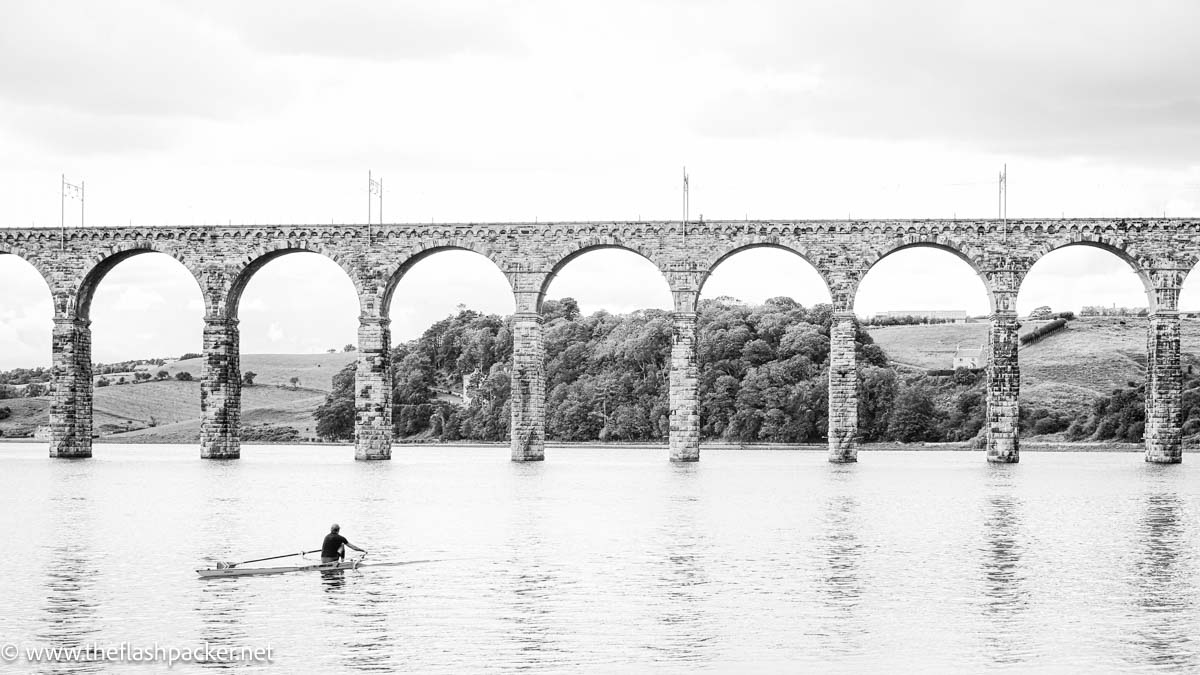
Exploring Berwick-upon-Tweed’s Historical Legacy in a Day
Walk the Town Ramparts
Start your day in Berwick-upon-Tweed with a walk along its Elizabethan ramparts. This provides the best perspective of the town and allows you to bookmark places to explore later. Its elegant Georgian architecture bears witness to its importance as a wealthy trading port during the 18th century.
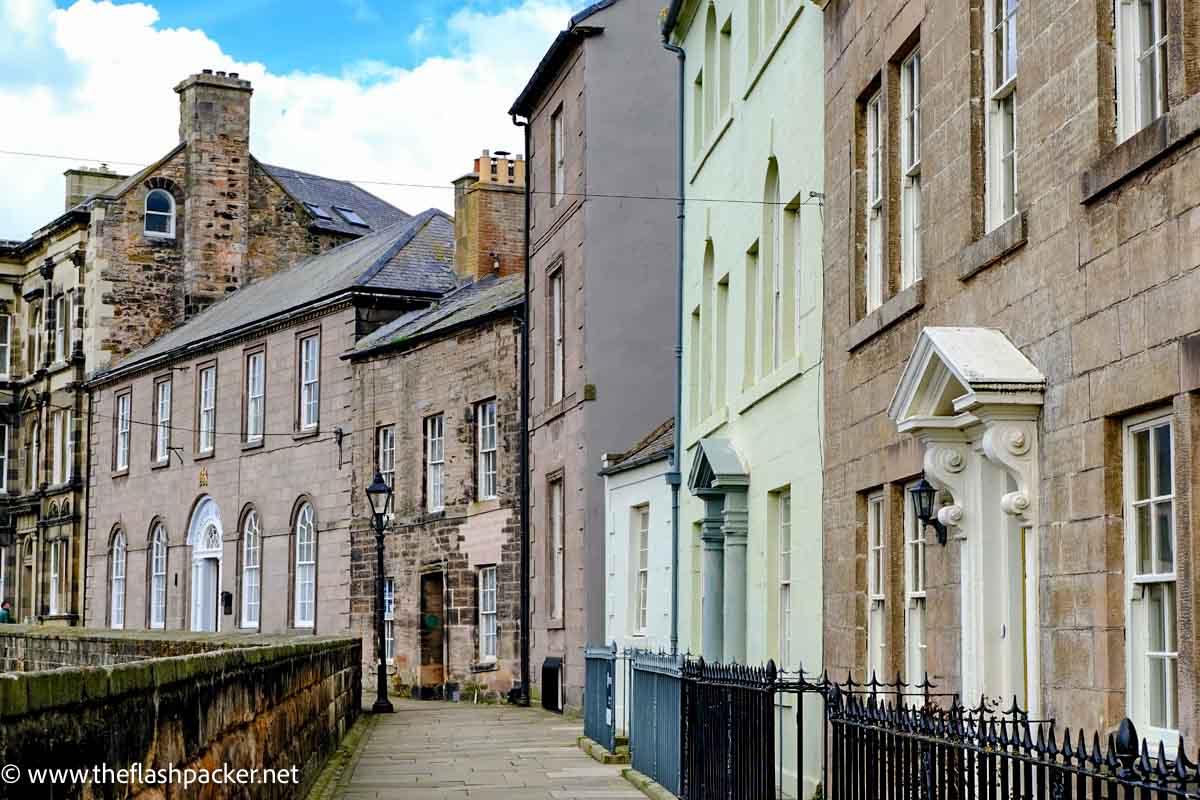
Known locally as ‘the Walls’, these grey limestone ramparts were built between 1558 and 1570 to keep the invading Scots at bay, effectively turning Berwick into a fortress. The Walls are the most intact defensive walls in the UK and are just over a mile long.
You can hop onto the Walls at any point and walking them should take less than one hour. However, I suggest you take more time than this, coming down from the ramparts to explore places of interest.
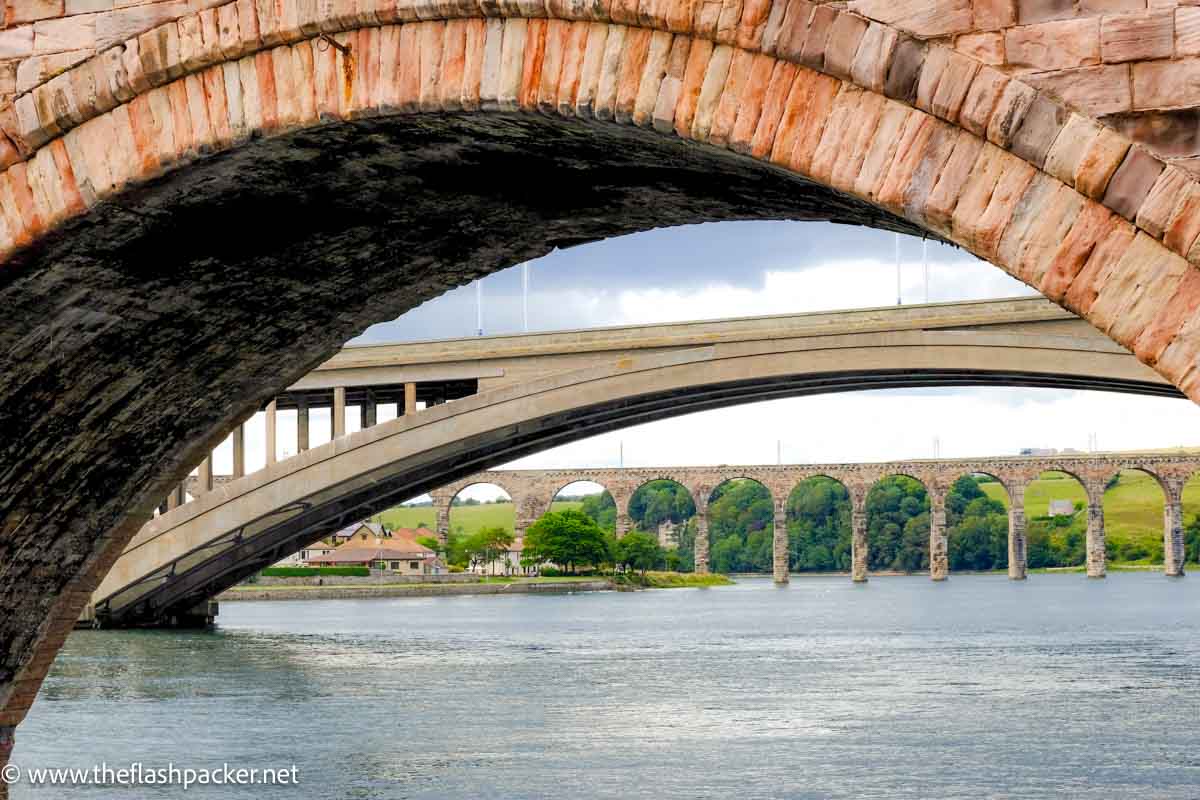
Stroll Along the Riverside to View an Iconic Bridge
Hugging the shores of the River Tweed, Berwick offers ample opportunity for gentle riverside strolls. I recommend dropping down to the river at the quayside and pausing for a cream tea – a must-try English food experience – at the Lookout Café.
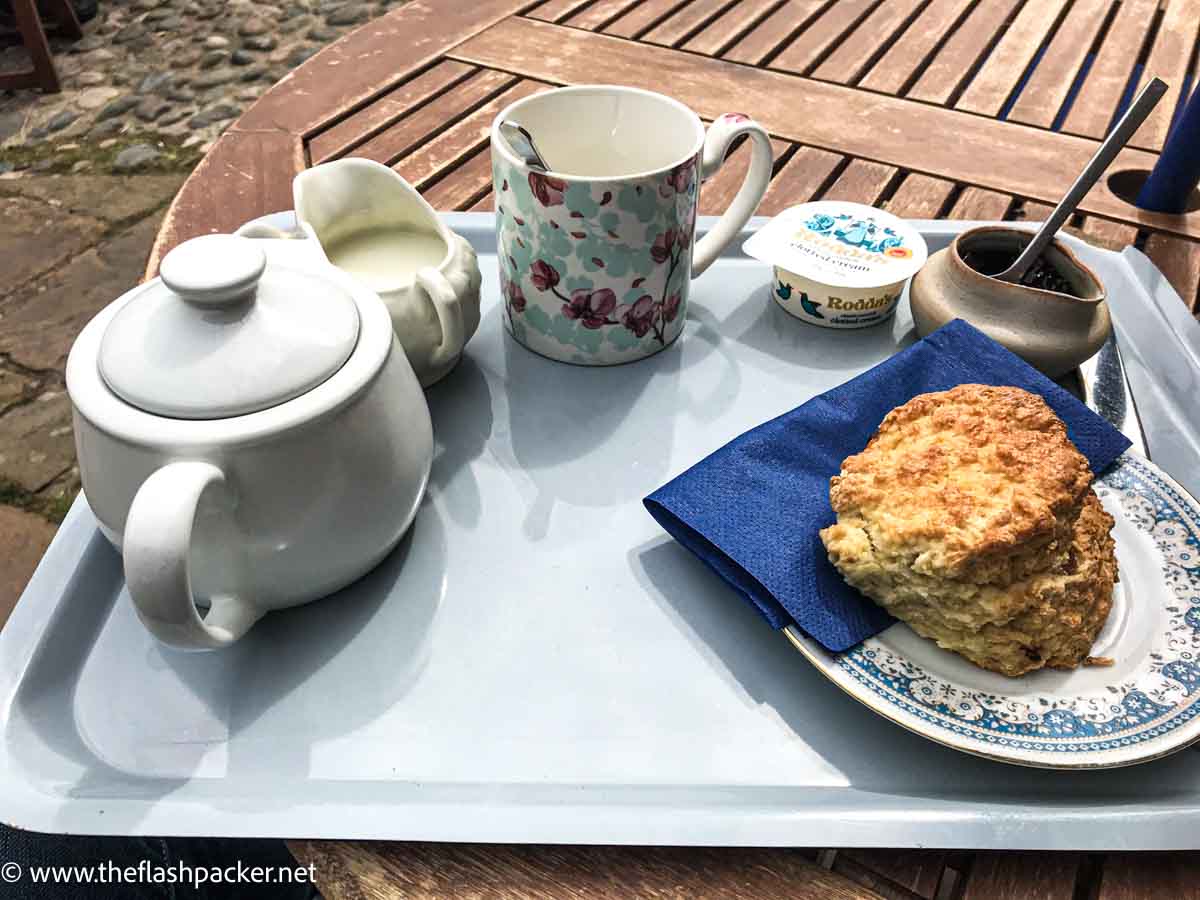
Then walk off your newly acquired calories by continuing to the Royal Border Bridge.
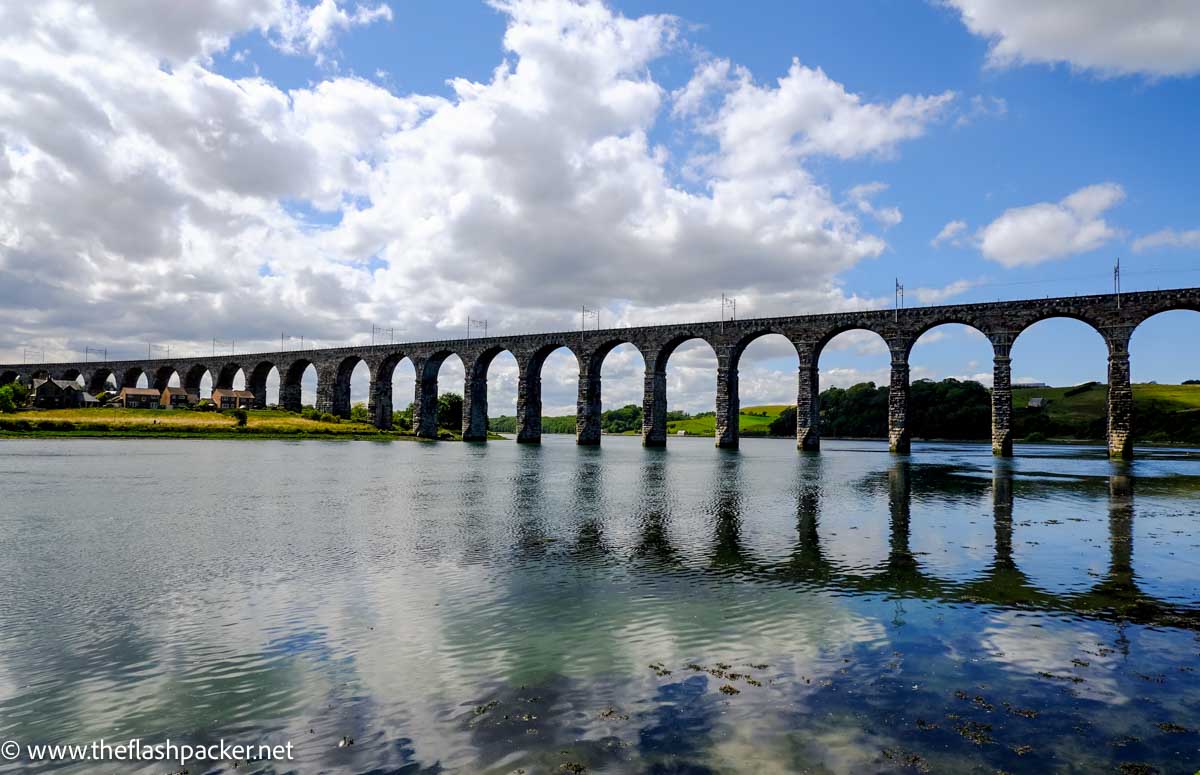
Completed in 1850, this iconic Grade I listed railway viaduct has 28 graceful, semi-circular arches and spans a length of over 650 meters. It was designed by Robert Stephenson and was the last link in the railway line linking London to Edinburgh.
You’ll notice more than a few silent swans on the river. Berwick is home to the second-largest mute swan colony in Britain.
From this point on the River Tweed, a steep wall – the White Wall – climbs to Berwick Castle. Once one of the most important strongholds in Britain, the White Wall is the only main surviving part of the castle.
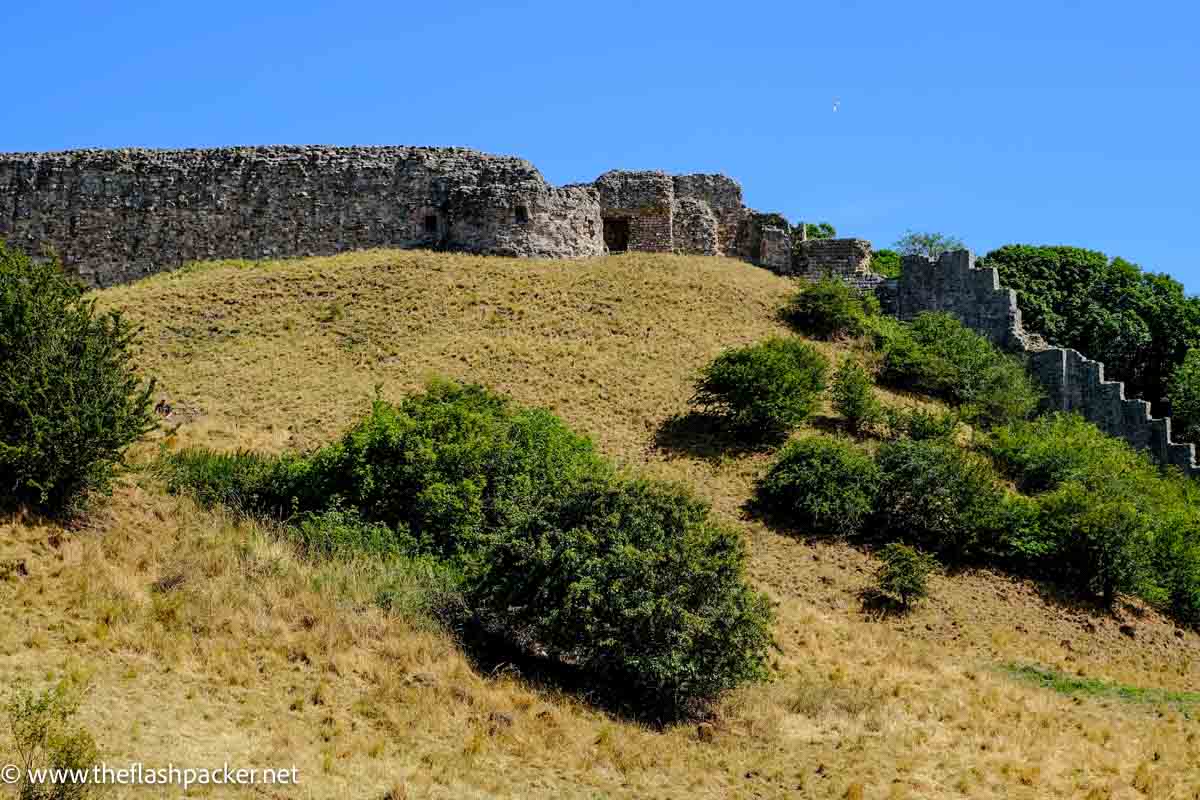
Construction of the ramparts made Berwick Castle obsolete and it fell into decline. The arrival of the railway sounded the final death knell. Much of what remained was demolished to make way for the station.
Visit Berwick’s Parks
Close to what remains of Berwick Castle are two lovely landscaped parks overlooking the River Tweed: Castle Vale Park and Coronation Park. The Castle Parks Trail will take you on a circular scenic route through these riverside parks, both created in the 1930s.
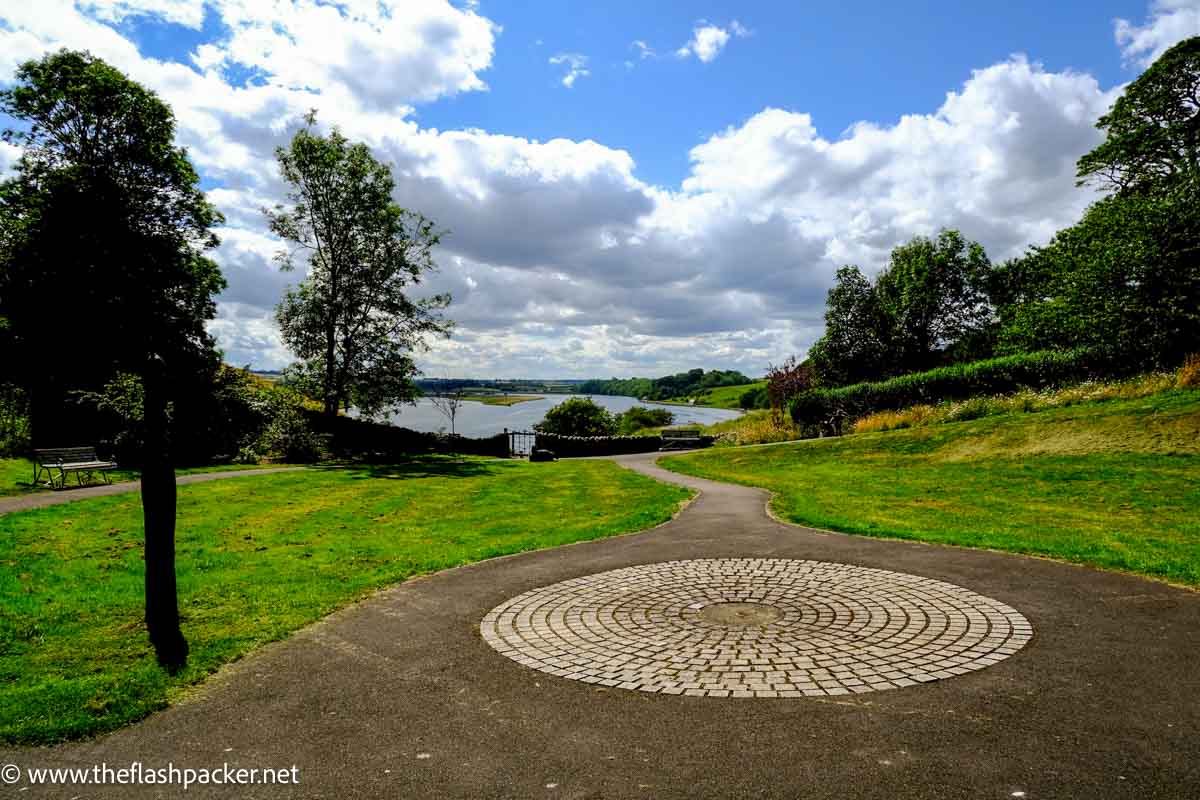
Follow the Lowry Trail
Berwick-Upon-Tweed was where LS Lowry went to escape from it all.
Over the space of forty years, he immortalised the town on canvas and today you can follow in his footsteps on an easy six-mile walk, one of the best things to do in Berwick-upon-Tweed. The Lowry Trail is waymarked by 18 information boards displaying the Lowry painting of that location and providing background information.
Download or pick up a free Lowry Trail leaflet from the Berwick Visitor Centre or Visit Berwick Tourist Information Centre. It should take you around three hours to complete the trail.
Visit Berwick Barracks
Due to its strategic position on the England-Scotland border, for centuries Berwick was a garrison town.
Designed by Nicholas Hawksmoor in the 18th Century, Berwick Barracks were among the first purpose-built barracks in England. At the time, they were a huge hit with the townspeople who no longer had to house the soldiers.
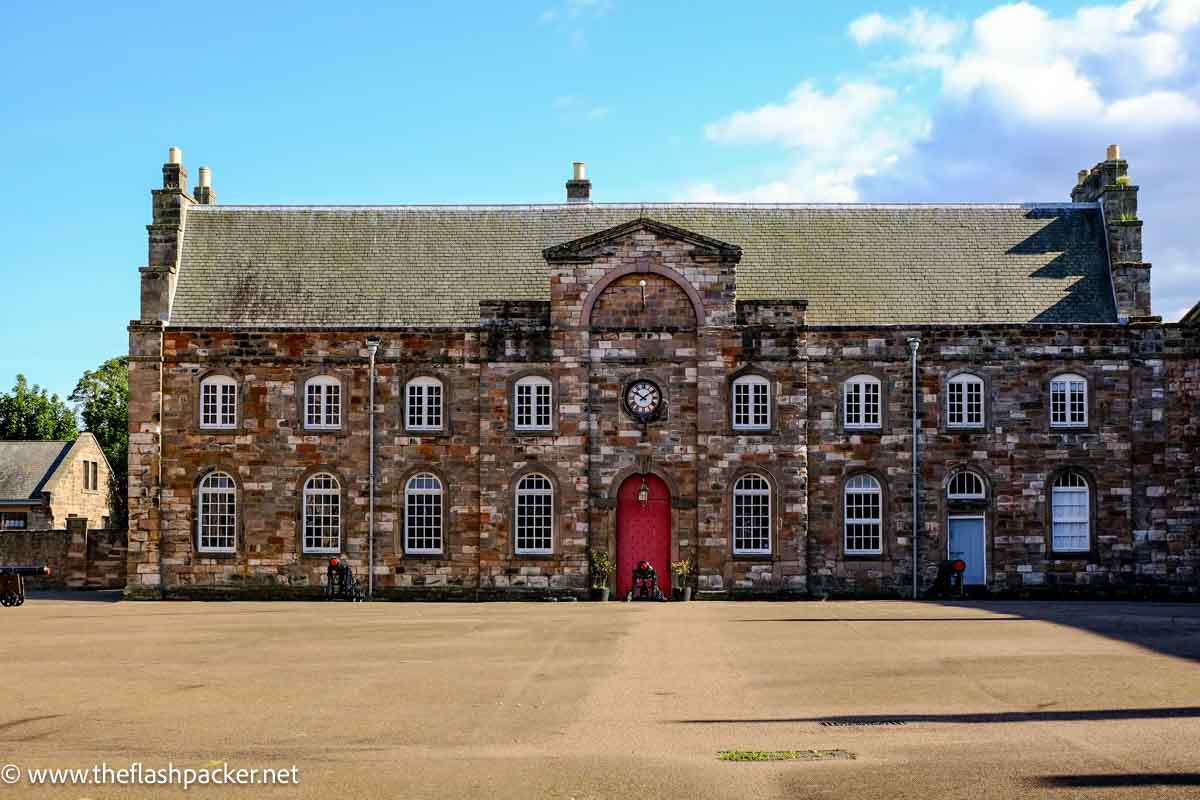
The barracks were used for over 200 years, finally closing their doors in 1963. Today, Berwick Barracks hosts ‘By Beat of Drum’, an exhibition depicting the life of a British infantryman. Also on site are The King’s Own Scottish Borderers Regimental Museum and the Berwick Museum and Art Gallery.
Berwick Barracks are open daily from April to October.
Stroll to Berwick Lighthouse
Berwick has a lighthouse at the mouth of the River Tweed, reached by a ten-minute walk along the pier. I loved this walk which serves up sweeping views along the coast. There’s also a chance that you’ll spot seals or even a school of dolphins.
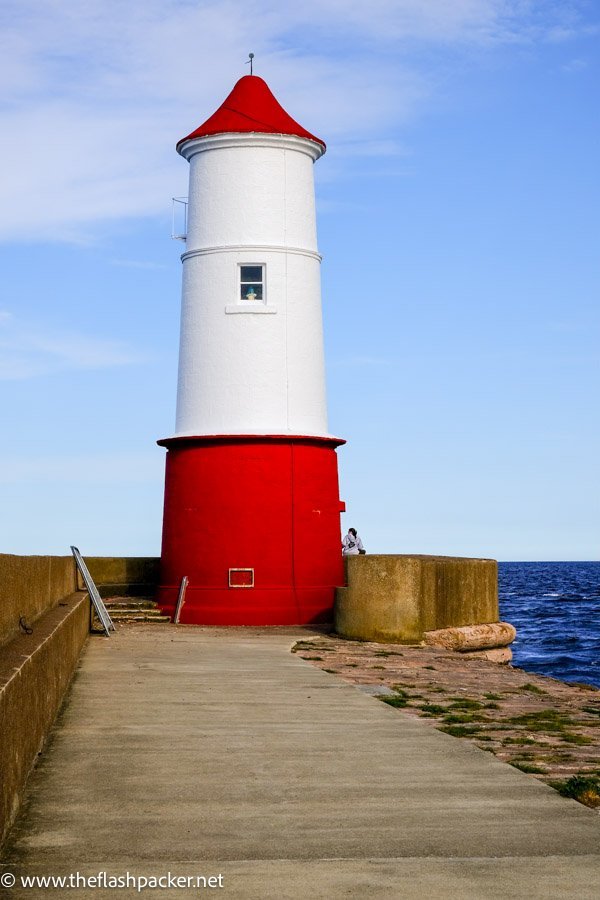
Take to the Water with Berwick Boat Trips
If you don’t manage to spot seals or dolphins on your walk to Berwick Lighthouse, why not try your luck on a boat trip?
Berwick Boat Trips depart from the pontoon on the harbour and there is a menu of options, from a one-hour river trip to a 3.5-hour sea safari.
Take a Day Trip to the Holy Island of Lindisfarne
Ironically, one of the best things to do in Berwick is to get out of Berwick for the day. And I don’t mean that unkindly.
Berwick is the best base for visiting the Holy Island of Lindisfarne, especially if, like me, you don’t have a car.
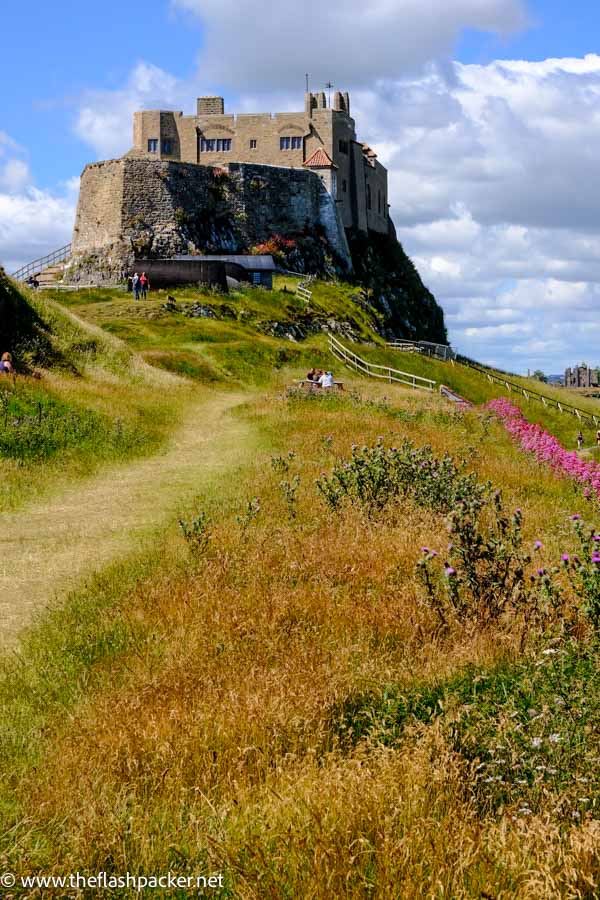
GETTING TO LINDISFARNE FROM BERWICK BY BUS
To get to Holy Island from Berwick, take the Borders Buses 477 service from Berwick. The journey takes around 35 minutes.
The times of this infrequent bus service are scheduled to tie in with safe tide times. As this is a seasonal bus service, doing a day trip to Holy Island by bus is limited to the summer months.
Examine the bus timetable carefully. Due to the safe tide times, your time on the island could be as little as two hours or as much as eight hours.
How to Get to Berwick-upon-Tweed
I travelled to Berwick-Upon-Tweed by train. It is on the East Coast mainline – an excellent day trip from Edinburgh – and the train station is close to the town centre. From Newcastle, the journey takes just over 40 minutes.
Alternatively, the X18 and X15 buses run between Berwick and Newcastle.
By car, keep going up the A1 and you’ll hit Berwick. Parking in most of the car parks in the town centre is free with a Northumberland parking disc, available from ticket machines or designated shops for £1.
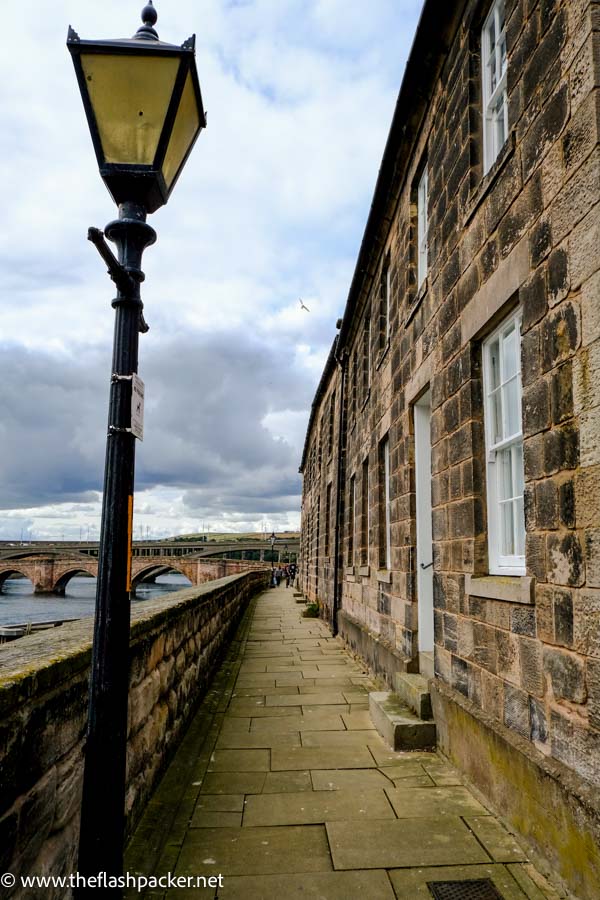
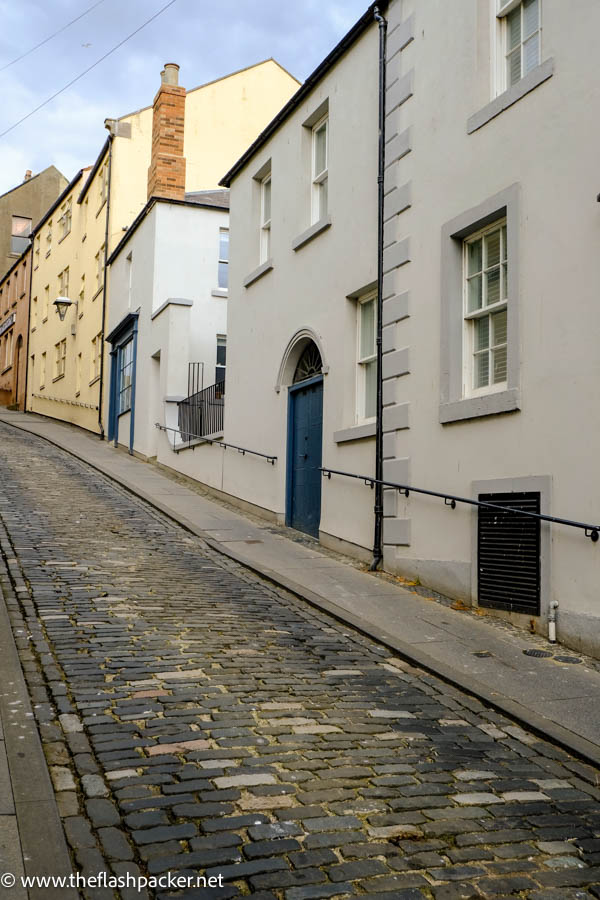
Thank you for reading my guide to what to do in Berwick-Upon-Tweed
Whether it is part of a Northumbria itinerary or a stopping-off place on the way to Scotland, Berwick-Upon-Tweed is 100% worth visiting. This underrated town bowled me over with its rich history, easy-going, friendly vibe and sensational scenery.
If you have found this article helpful and are exploring more of the region, take a look at my guide to spending a weekend in Newcastle.
PS. If you’ve found this Berwick-upon-Tweed travel guide helpful, Pin it to read later!
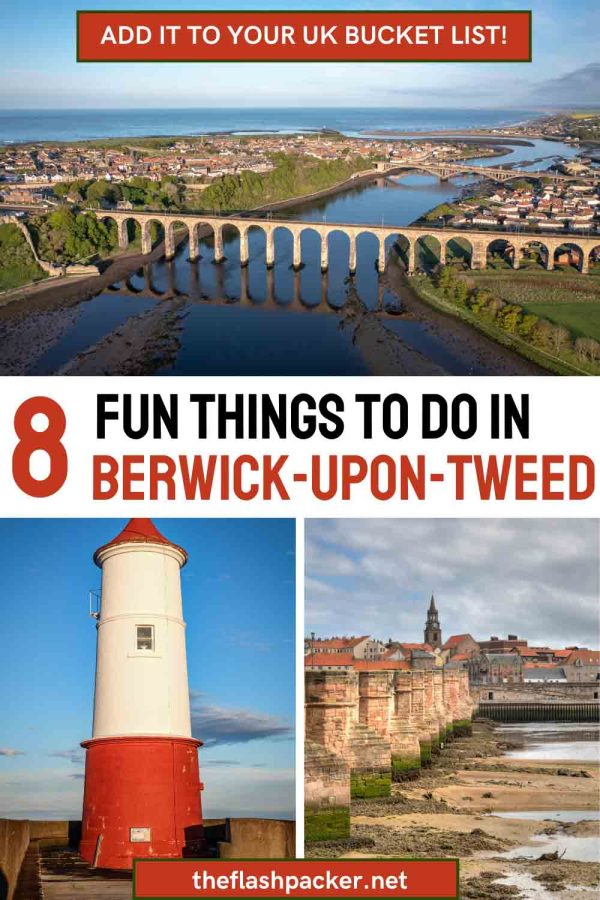


About Bridget
Bridget Coleman has been a passionate traveller for more than 30 years. She has visited 70+ countries, most as a solo traveller.
Articles on this site reflect her first-hand experiences.
To get in touch, email her at hello@theflashpacker.net or follow her on social media.
